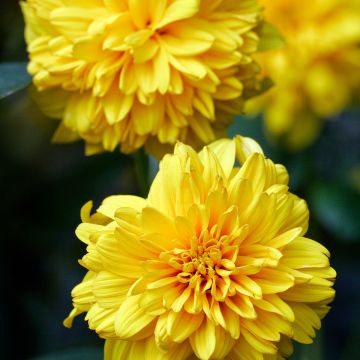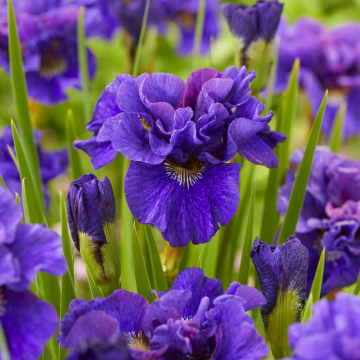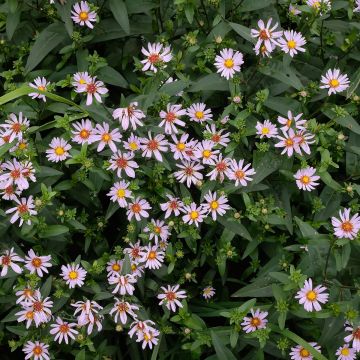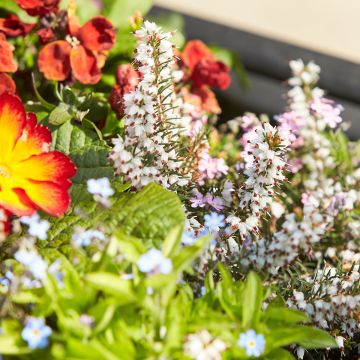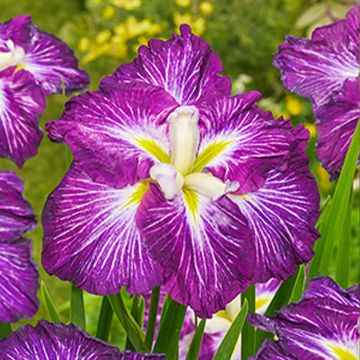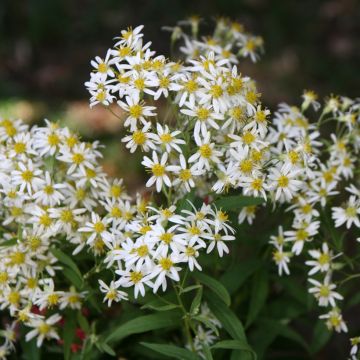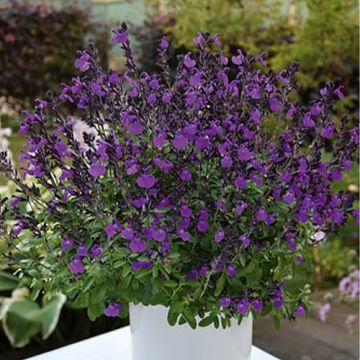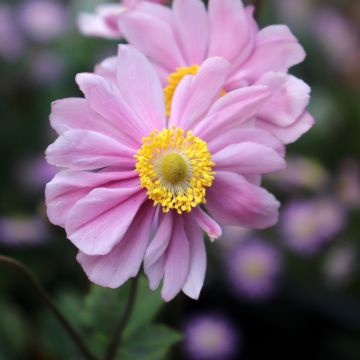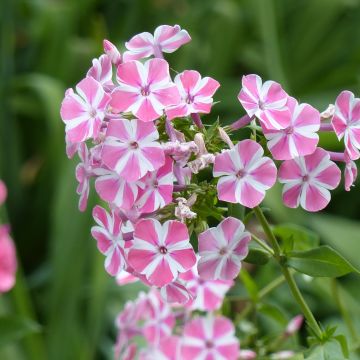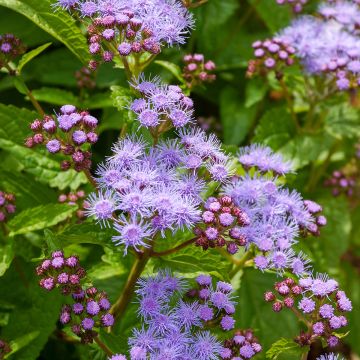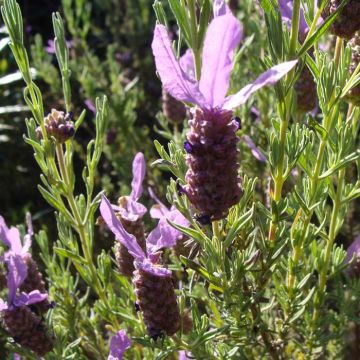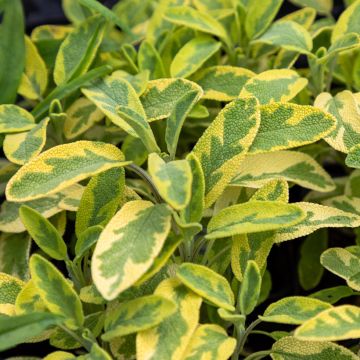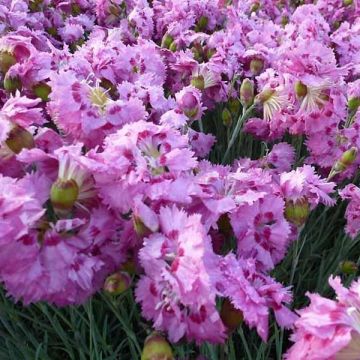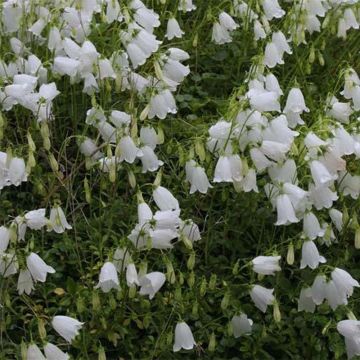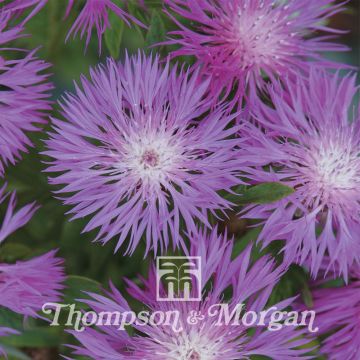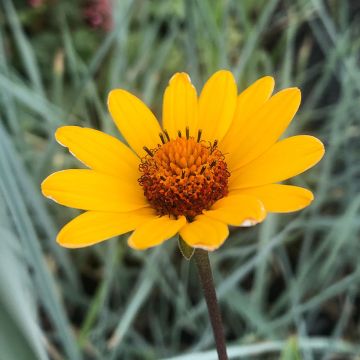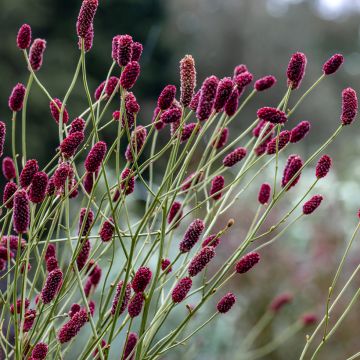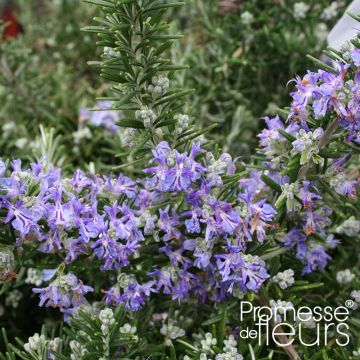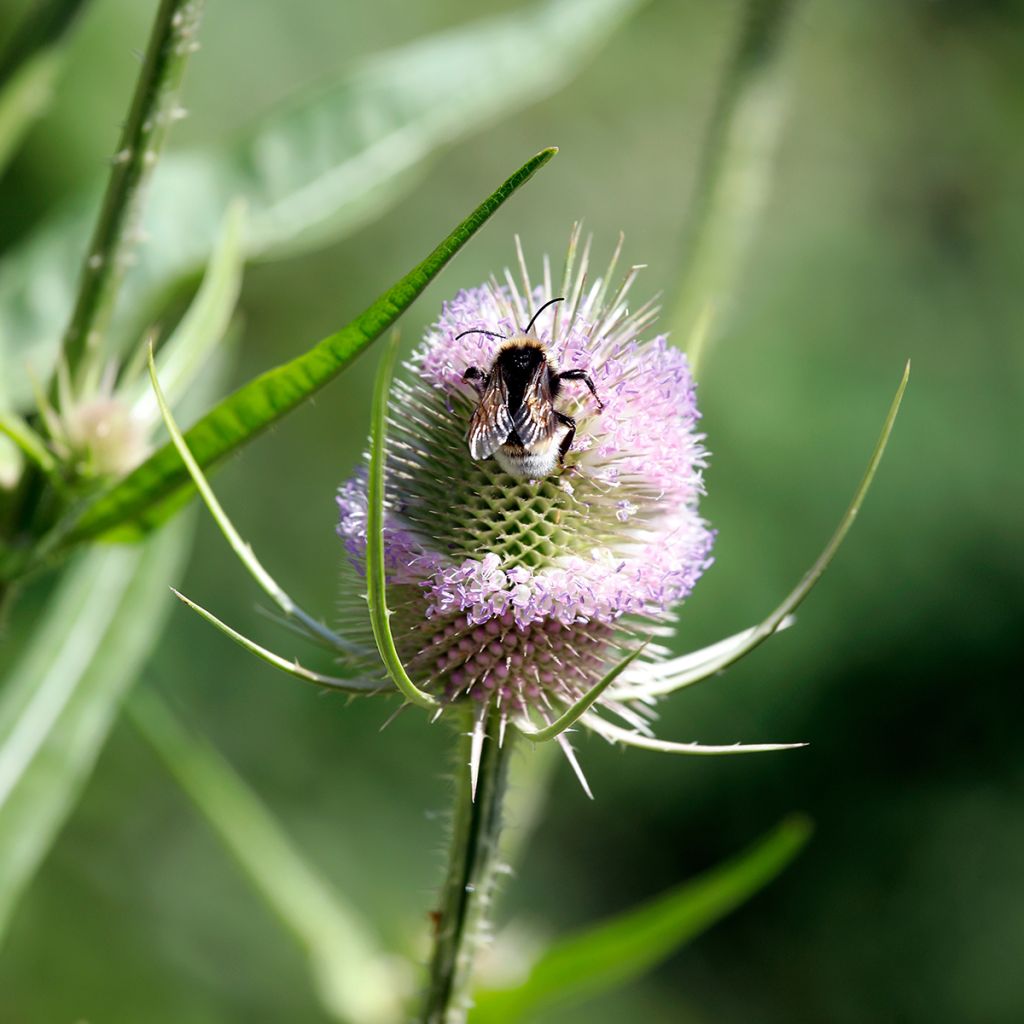

Dipsacus fullonum - Wild Teasel
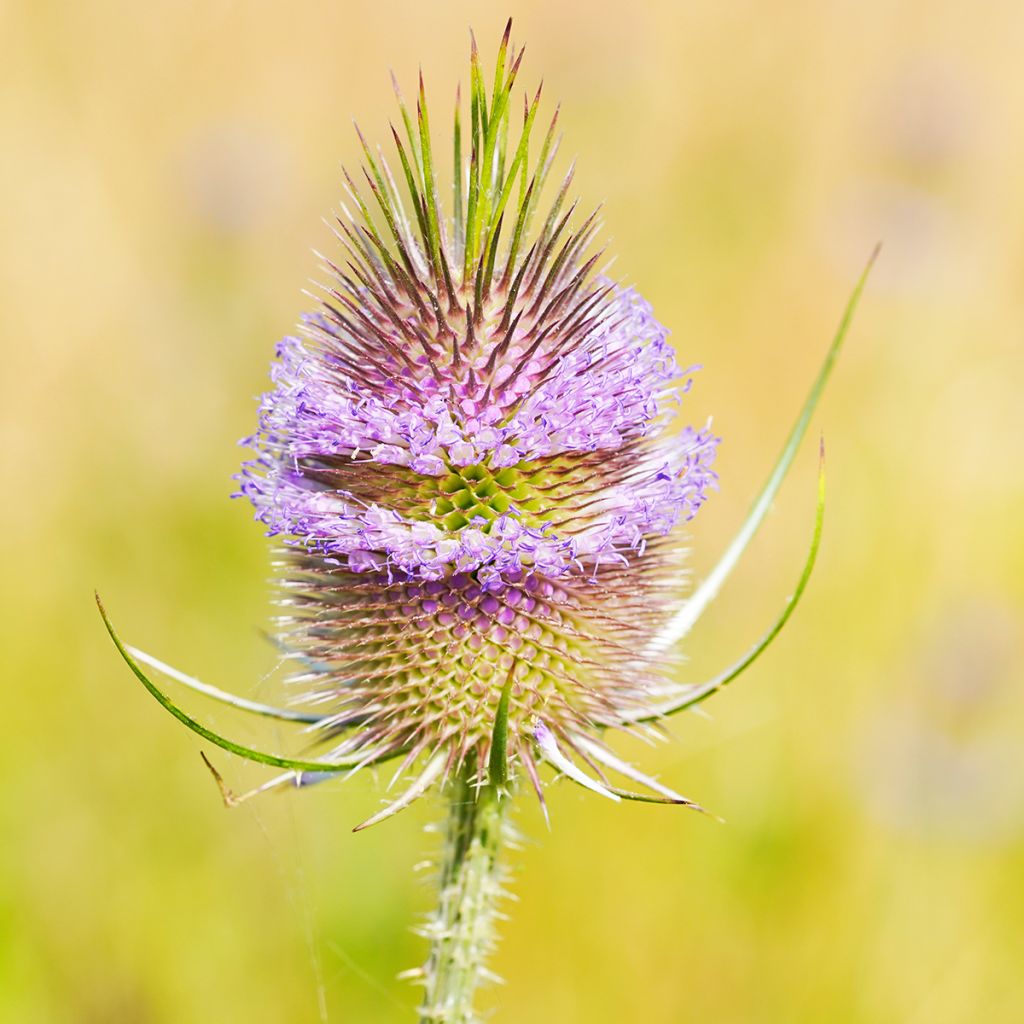

Dipsacus fullonum - Wild Teasel
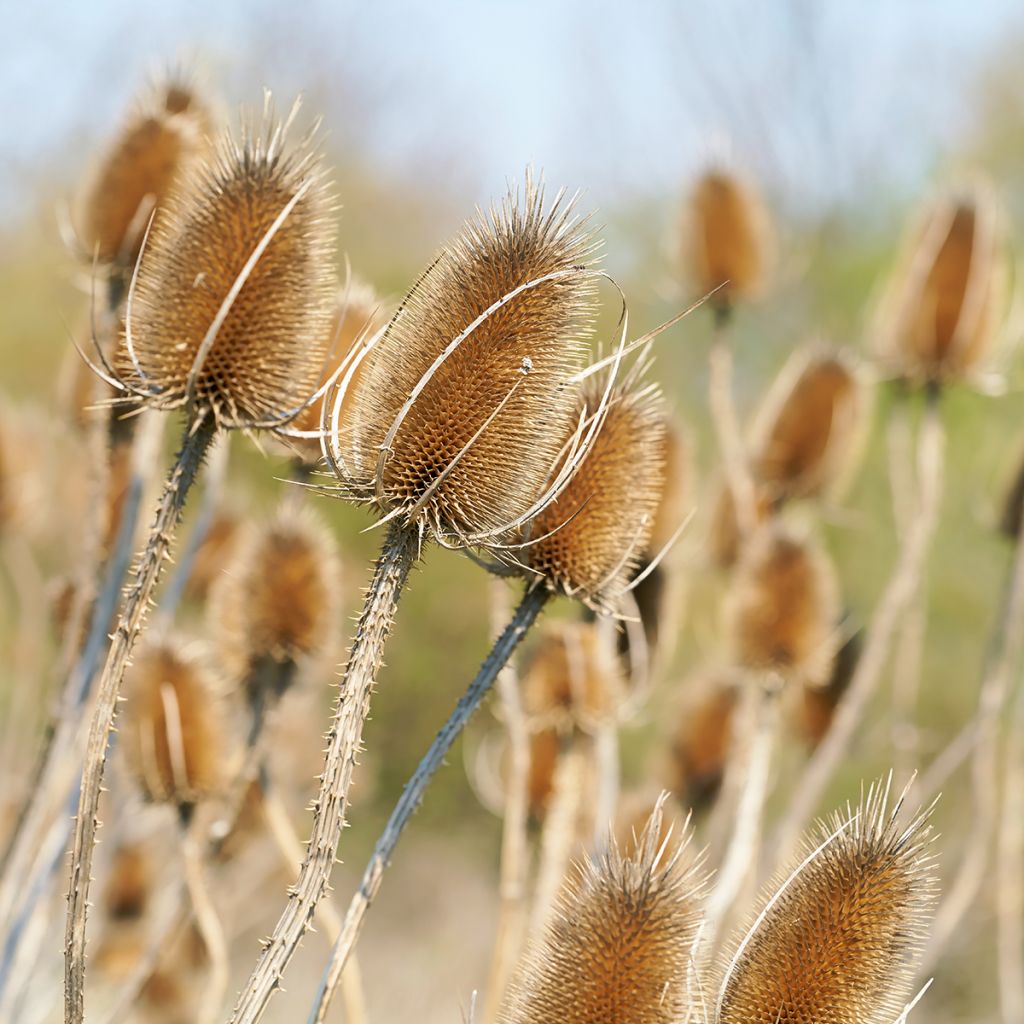

Dipsacus fullonum - Wild Teasel
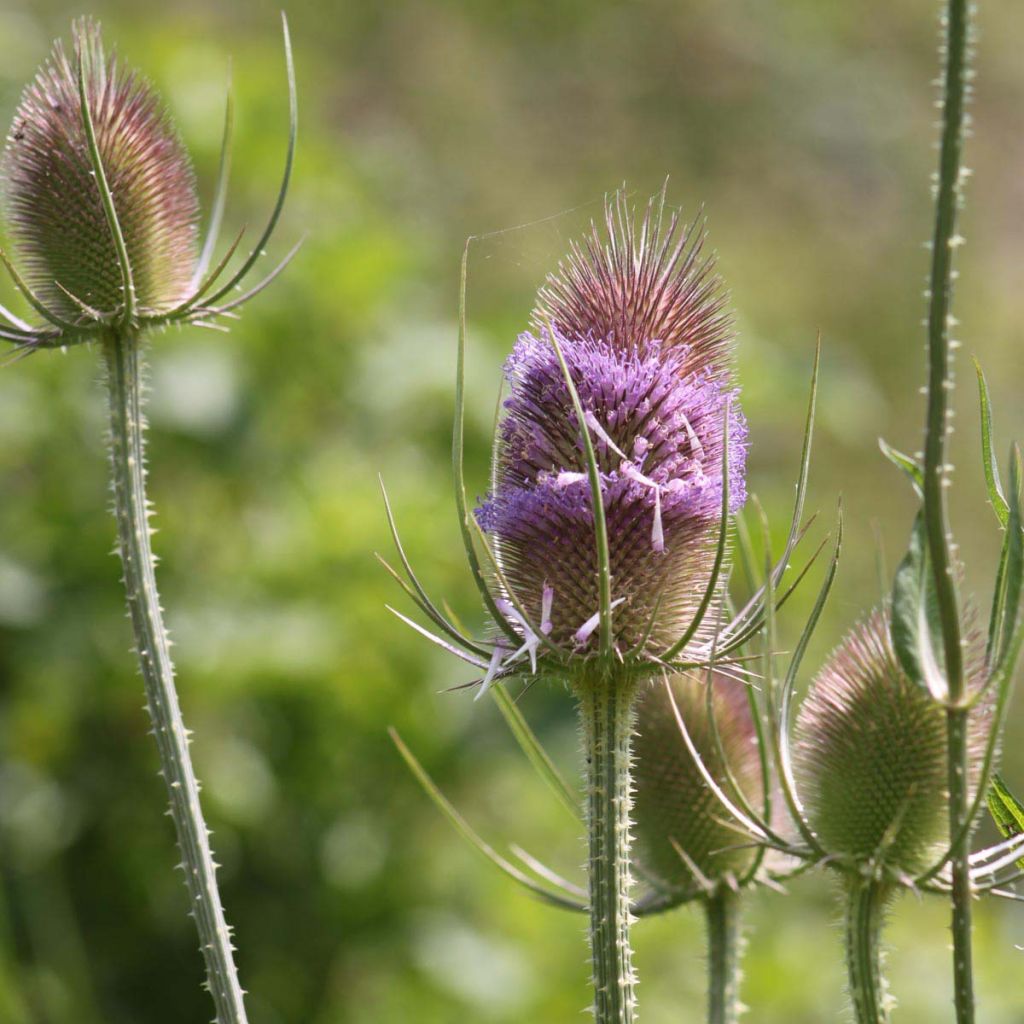

Dipsacus fullonum - Wild Teasel
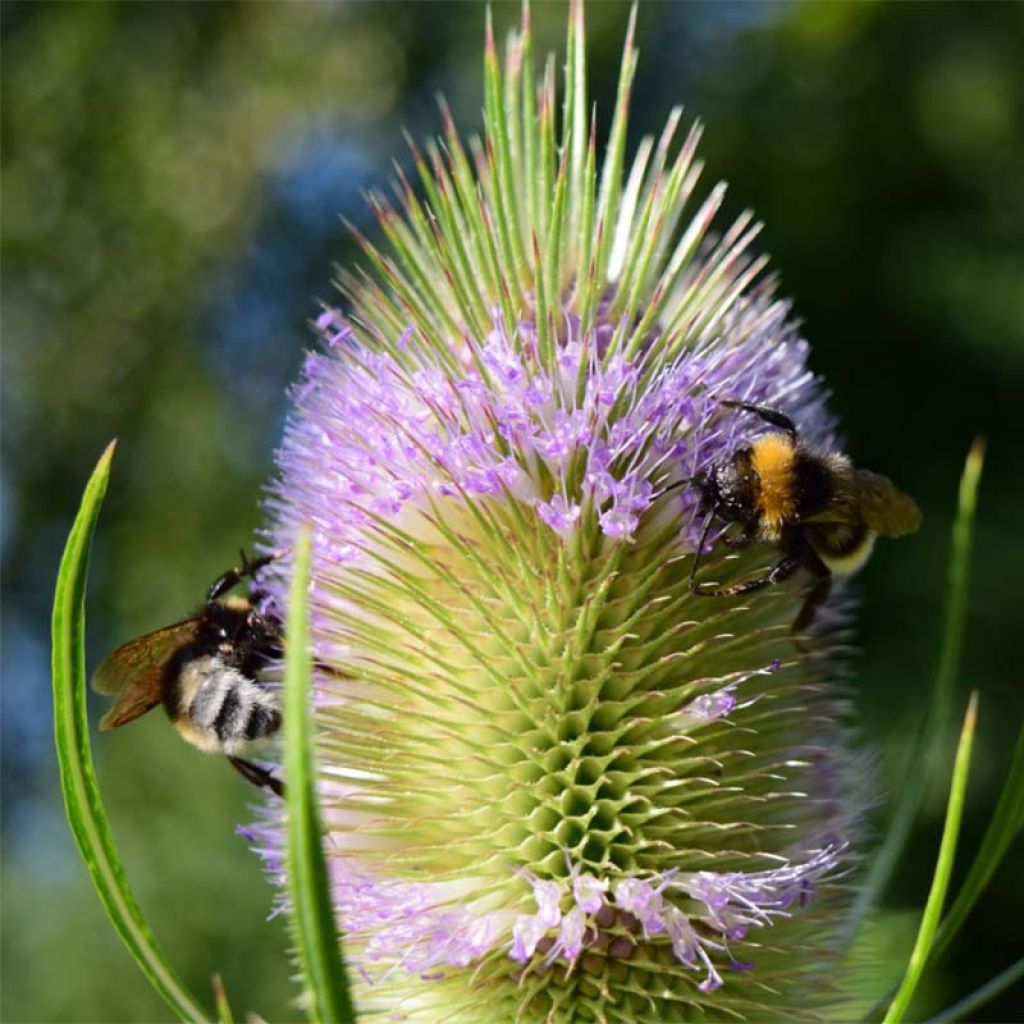

Dipsacus fullonum - Wild Teasel
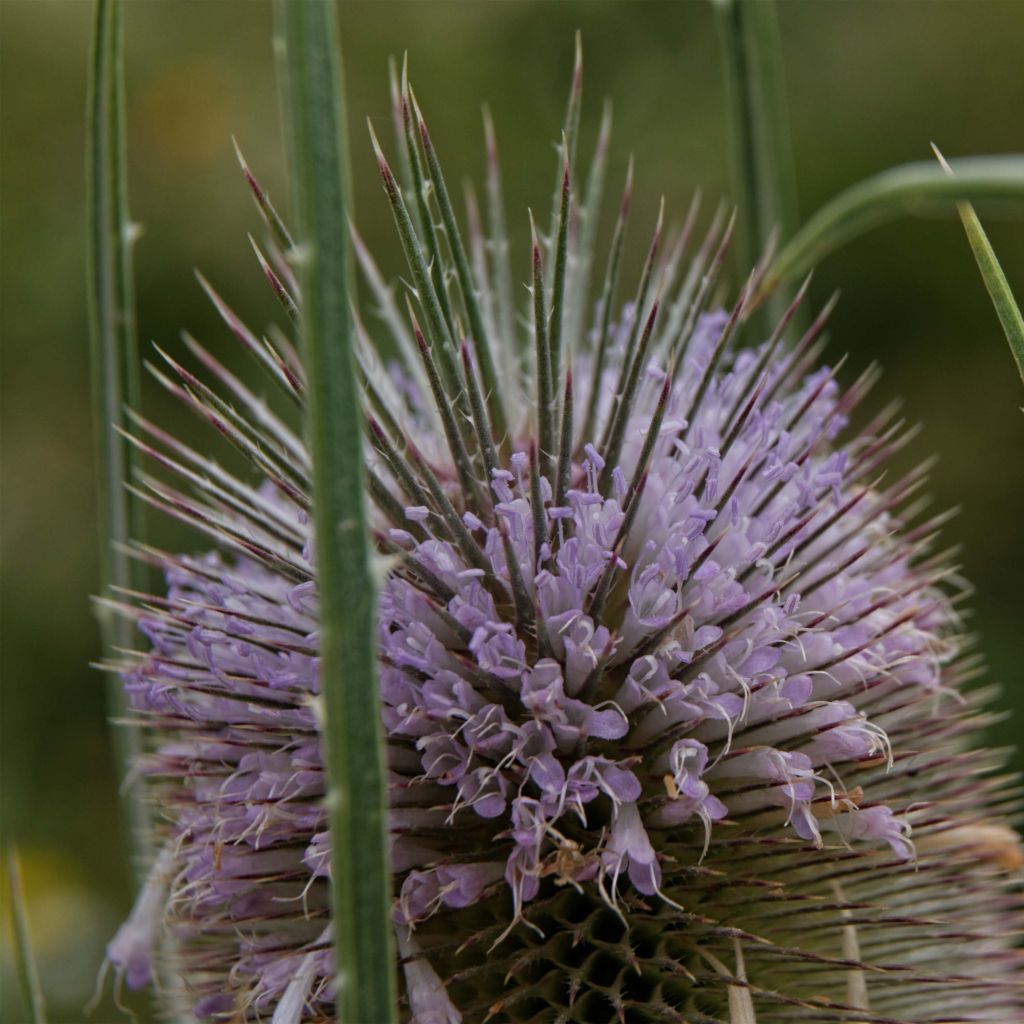

Dipsacus fullonum - Wild Teasel
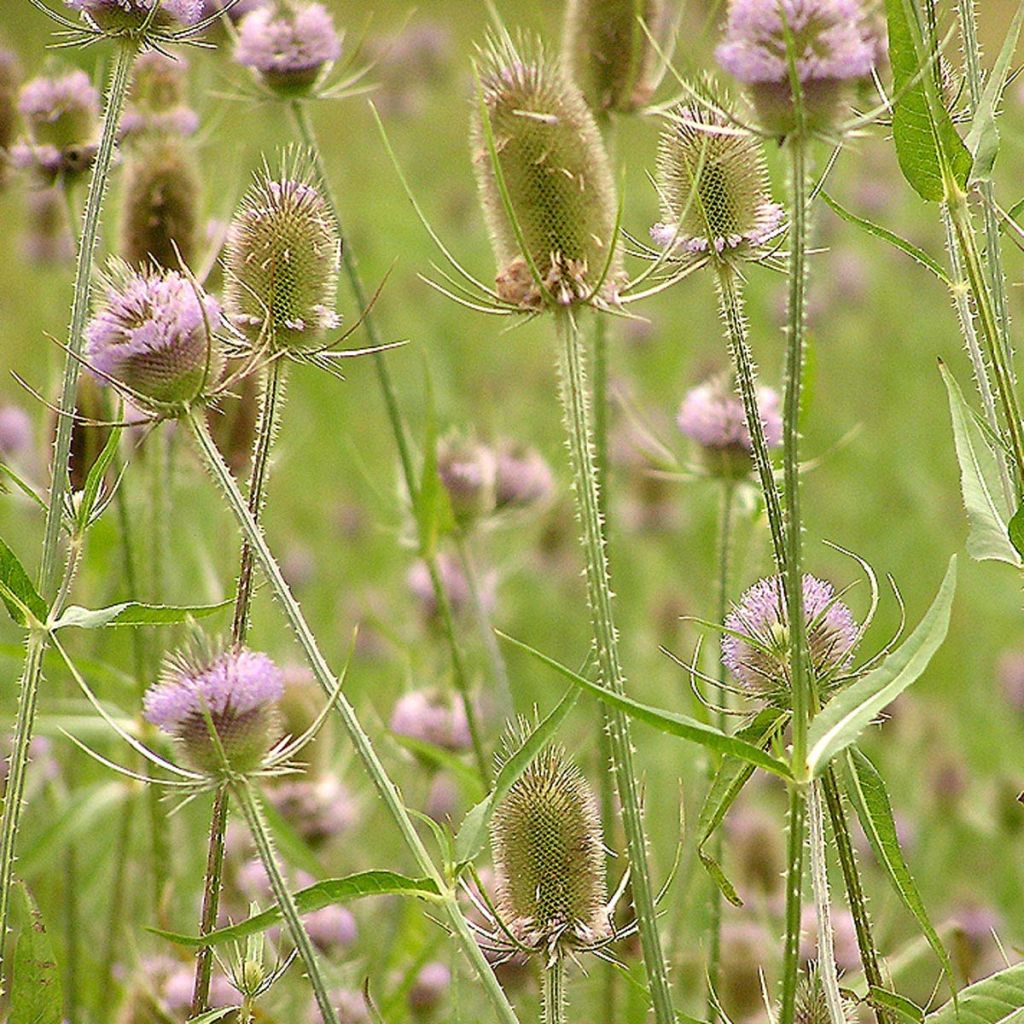

Dipsacus fullonum - Wild Teasel
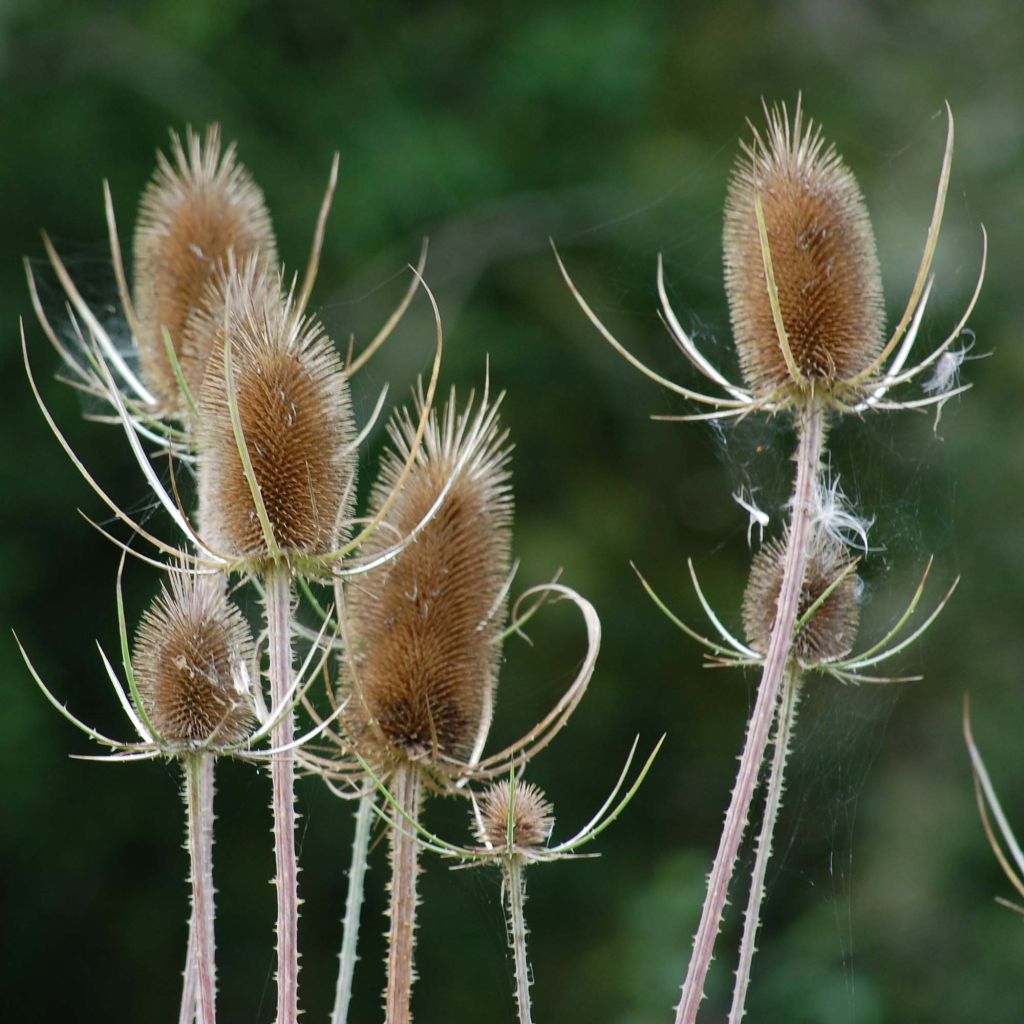

Dipsacus fullonum - Wild Teasel
Dipsacus fullonum - Wild Teasel
Dipsacus fullonum
Wild Teasel, Common Teasel
This item cannot be shipped to the selected country
Delivery charge from €5.90
More information
Schedule delivery date,
and select date in basket
This plant carries a 12 months recovery warranty
More information
We guarantee the quality of our plants for a full growing cycle, and will replace at our expense any plant that fails to recover under normal climatic and planting conditions.
From €5.90 for pickup delivery and €6.90 for home delivery
Express home delivery from €8.90.

Does this plant fit my garden?
Set up your Plantfit profile →
Description
Dipsacus fullonum (syn. sylvestris), also known as Wild teasel or Common teasel, is a biennial wild plant that is full of character. It proudly displays its flowering at human height, at the beginning of summer. Its upright inflorescences, resembling spiky brushes, gather a multitude of small pink-purple flowers loved by butterflies and other pollinating insects. Its leaves can hold rainwater in small cups where some birds come to drink. Its seeds are also highly appreciated by birds like Goldfinches. Teasel deserves a place in a natural garden for the live spectacle it offers for a large part of the year and for its usefulness. It will self-seed and can also be used in dried or fresh bouquets.
Teasel is native to North Africa, Europe, and Western Asia. This plant from the Caprifoliaceae family naturally grows in moist soils of ditches and riverbanks. In the first year, it forms a basal rosette of long pointed leaves that curl up with flowering. In the second year after sowing, this occasionally tall, spiky plant reaching up to 1.80 m (6ft) shows, at the end of sturdy leafy stems, spike-shaped capitula, about 8 cm (3in) long, standing on long pedicels. They bloom into mauve-pink florets emerging from curved and elastic bracts that are very durable, even after flowering. The opposing, rough leaves with spiny midribs, grouped in pairs along the floral stems, are fused two by two at the base, forming cups in which water flows and accumulates. The true function of these cups is still under study, but it seems that teasels are capable of absorbing dissolved or suspended mineral substances in them, like some carnivorous plants. Elegant Goldfinches particularly appreciate the ripe seeds.
Wild teasel self-seeds, but its spread is slowed down by the appetite of birds. It is simply superb in natural planting and meadows, in the company of other thistles, or large perennials such as hybrid mulleins or Cephalaria gigantea. It also pairs very well with giant grasses (Panicum virgatum, Miscanthus sinensis), hollyhocks, or poppies. This plant will thrive near water , where it can contribute to stabilizing the banks.
Etymology: 'Dipsacus' is derived from the Greek Dipsan akeomaï 'I cure thirst'. In Latin, sylvestris means 'wild, of the woods'; Fullonum means 'fuller'. A variety of cultivated teasel with elongated heads and downward-curving tips, Dipsacus sativus, was used in the wool industry for hand-finishing woollen fabrics.
Report an error about the product description
Dipsacus fullonum - Wild Teasel in pictures
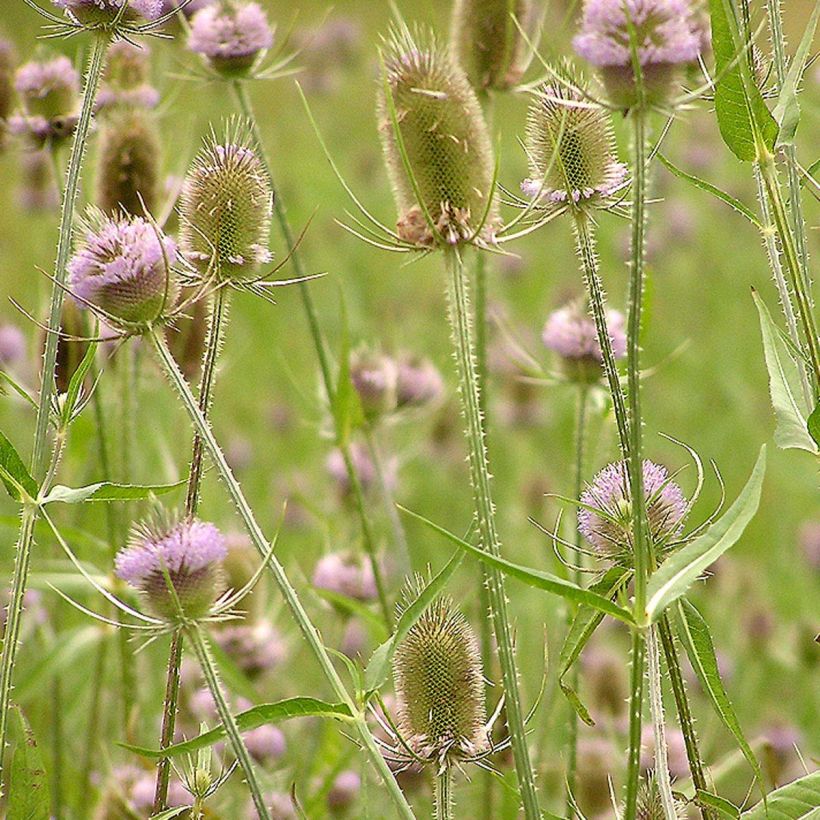

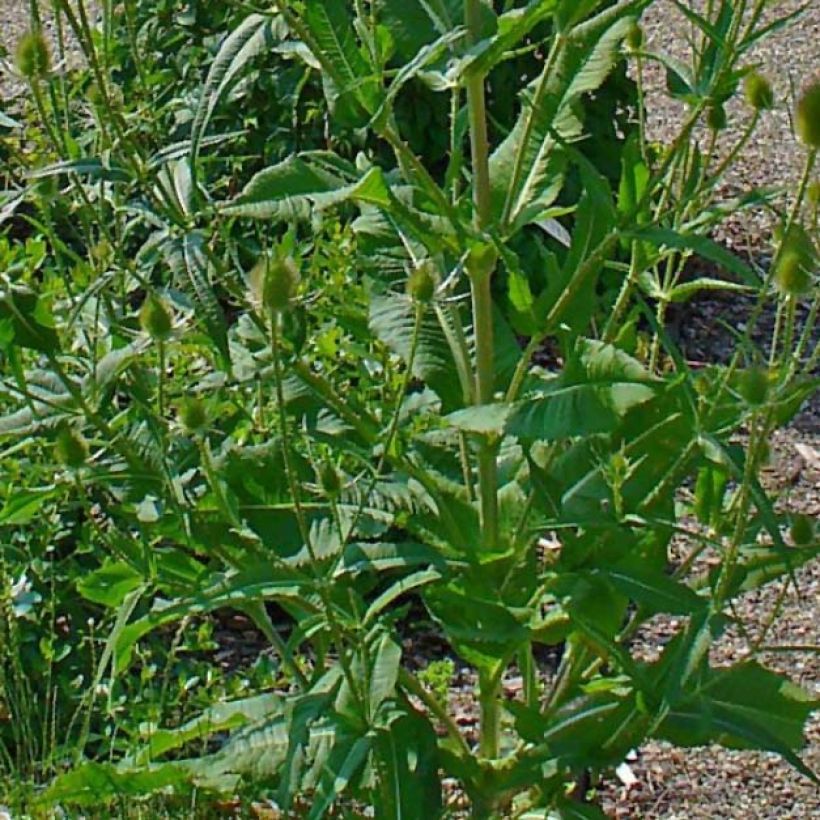

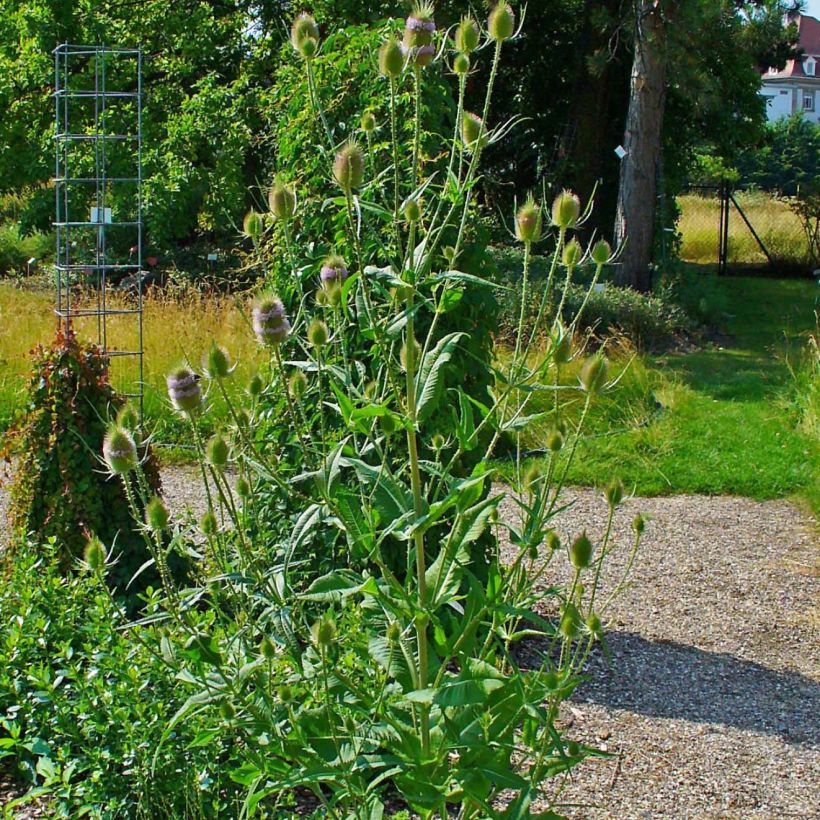

Flowering
Foliage
Plant habit
Botanical data
Dipsacus
fullonum
Dipsacaceae (Caprifoliaceae)
Wild Teasel, Common Teasel
West Asia
Other Perennials A to Z
Planting and care
In nature, Dipsacus fullonum is almost always found in uncultivated places, in slightly damp ditches or at the edge of sun-soaked fields. This teasel is adaptable, but it prefers deep and fertile, heavy or clay soils. This plant only lives for 2 years, but it is enough to sow the fresh seeds in trays and replant in the garden the following year.
Planting period
Intended location
Care
-
, onOrder confirmed
Reply from on Promesse de fleurs
Summer flowering perennials
Haven't found what you were looking for?
Hardiness is the lowest winter temperature a plant can endure without suffering serious damage or even dying. However, hardiness is affected by location (a sheltered area, such as a patio), protection (winter cover) and soil type (hardiness is improved by well-drained soil).

Photo Sharing Terms & Conditions
In order to encourage gardeners to interact and share their experiences, Promesse de fleurs offers various media enabling content to be uploaded onto its Site - in particular via the ‘Photo sharing’ module.
The User agrees to refrain from:
- Posting any content that is illegal, prejudicial, insulting, racist, inciteful to hatred, revisionist, contrary to public decency, that infringes on privacy or on the privacy rights of third parties, in particular the publicity rights of persons and goods, intellectual property rights, or the right to privacy.
- Submitting content on behalf of a third party;
- Impersonate the identity of a third party and/or publish any personal information about a third party;
In general, the User undertakes to refrain from any unethical behaviour.
All Content (in particular text, comments, files, images, photos, videos, creative works, etc.), which may be subject to property or intellectual property rights, image or other private rights, shall remain the property of the User, subject to the limited rights granted by the terms of the licence granted by Promesse de fleurs as stated below. Users are at liberty to publish or not to publish such Content on the Site, notably via the ‘Photo Sharing’ facility, and accept that this Content shall be made public and freely accessible, notably on the Internet.
Users further acknowledge, undertake to have ,and guarantee that they hold all necessary rights and permissions to publish such material on the Site, in particular with regard to the legislation in force pertaining to any privacy, property, intellectual property, image, or contractual rights, or rights of any other nature. By publishing such Content on the Site, Users acknowledge accepting full liability as publishers of the Content within the meaning of the law, and grant Promesse de fleurs, free of charge, an inclusive, worldwide licence for the said Content for the entire duration of its publication, including all reproduction, representation, up/downloading, displaying, performing, transmission, and storage rights.
Users also grant permission for their name to be linked to the Content and accept that this link may not always be made available.
By engaging in posting material, Users consent to their Content becoming automatically accessible on the Internet, in particular on other sites and/or blogs and/or web pages of the Promesse de fleurs site, including in particular social pages and the Promesse de fleurs catalogue.
Users may secure the removal of entrusted content free of charge by issuing a simple request via our contact form.
The flowering period indicated on our website applies to countries and regions located in USDA zone 8 (France, the United Kingdom, Ireland, the Netherlands, etc.)
It will vary according to where you live:
- In zones 9 to 10 (Italy, Spain, Greece, etc.), flowering will occur about 2 to 4 weeks earlier.
- In zones 6 to 7 (Germany, Poland, Slovenia, and lower mountainous regions), flowering will be delayed by 2 to 3 weeks.
- In zone 5 (Central Europe, Scandinavia), blooming will be delayed by 3 to 5 weeks.
In temperate climates, pruning of spring-flowering shrubs (forsythia, spireas, etc.) should be done just after flowering.
Pruning of summer-flowering shrubs (Indian Lilac, Perovskia, etc.) can be done in winter or spring.
In cold regions as well as with frost-sensitive plants, avoid pruning too early when severe frosts may still occur.
The planting period indicated on our website applies to countries and regions located in USDA zone 8 (France, United Kingdom, Ireland, Netherlands).
It will vary according to where you live:
- In Mediterranean zones (Marseille, Madrid, Milan, etc.), autumn and winter are the best planting periods.
- In continental zones (Strasbourg, Munich, Vienna, etc.), delay planting by 2 to 3 weeks in spring and bring it forward by 2 to 4 weeks in autumn.
- In mountainous regions (the Alps, Pyrenees, Carpathians, etc.), it is best to plant in late spring (May-June) or late summer (August-September).
The harvesting period indicated on our website applies to countries and regions in USDA zone 8 (France, England, Ireland, the Netherlands).
In colder areas (Scandinavia, Poland, Austria...) fruit and vegetable harvests are likely to be delayed by 3-4 weeks.
In warmer areas (Italy, Spain, Greece, etc.), harvesting will probably take place earlier, depending on weather conditions.
The sowing periods indicated on our website apply to countries and regions within USDA Zone 8 (France, UK, Ireland, Netherlands).
In colder areas (Scandinavia, Poland, Austria...), delay any outdoor sowing by 3-4 weeks, or sow under glass.
In warmer climes (Italy, Spain, Greece, etc.), bring outdoor sowing forward by a few weeks.


































